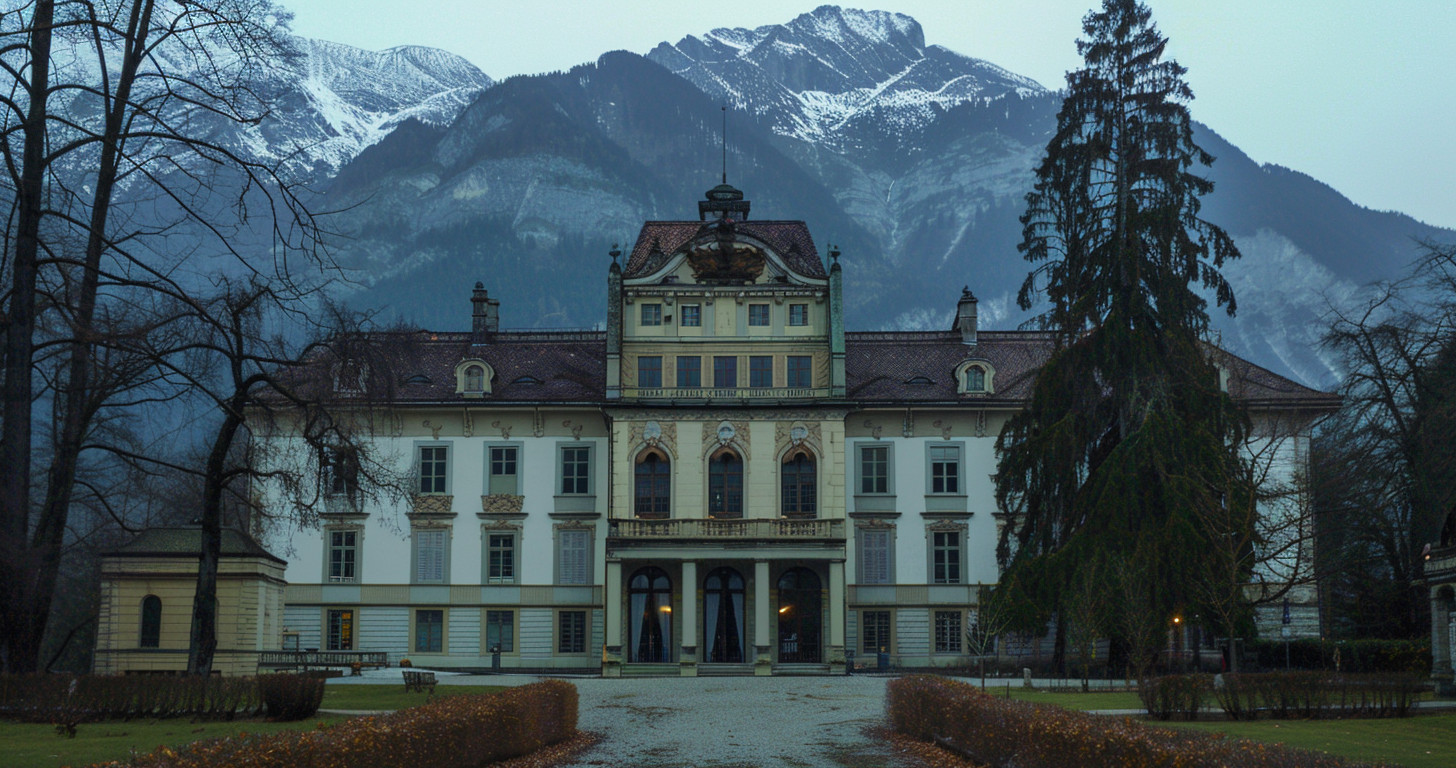The Zofingia Society, founded in 1819, is a Swiss student organisation originally established at the University of Basel. It aimed to foster camaraderie, intellectual discussion, and cultural development among its members. The society was organised into regional chapters across various Swiss universities, each operating semi-autonomously while adhering to the core values and principles of the broader organisation. Membership was typically comprised of university students who participated in regular meetings, lectures, and debates on diverse topics ranging from philosophy and literature to politics and science. The society’s structure emphasised egalitarianism and democratic decision-making, allowing members to elect their leaders and shape the agenda of their gatherings. Through its activities, the Zofingia Society sought to cultivate a sense of national identity, intellectual curiosity, and moral responsibility among Swiss students.
The Zofingia Lectures
“The Zofingia Lectures” refers to a series of lectures given by Carl Jung during his time at the Zofingia Society. These lectures are significant because they provide early insights into Jung’s developing thoughts on psychology, philosophy, and his emerging ideas that would later become central to his work in analytical psychology. The lectures cover a range of topics, including his reflections on psychology, religion, and the nature of the human psyche. The content of these lectures offers a glimpse into Jung’s intellectual growth and the foundational ideas that shaped his later theories.
Speaking with the dead
In “The Zofingia Lectures,” Carl Jung delves into the metaphysical realms, discussing the existence of the soul, telekinesis, the reality of spirits, and communication with the dead. He explores the soul as a profound and complex aspect of human existence, suggesting it extends beyond mere physicality and touches on the spiritual and mystical dimensions of life. Jung’s consideration of telekinesis and the reality of spirits reflects his openness to phenomena that lie outside the conventional scientific framework, proposing that these could be manifestations of deeper psychic processes. He also addresses the idea of speaking with the dead, contemplating whether such experiences might be more than mere hallucinations, potentially offering insights into the nature of consciousness and the afterlife. Throughout these discussions, Jung exhibits his characteristic blend of scepticism and curiosity, seeking to understand these enigmatic phenomena within a broader psychological and philosophical context.
Hypnotism, clairvoyance, and precognitive dreams
In the lectures, Carl Jung addresses hypnotism, clairvoyance, and precognitive dreams, highlighting their intriguing yet elusive nature. He examines these phenomena as aspects of the human psyche that challenge conventional scientific understanding. Jung argues that the principle of causality, which underpins traditional scientific explanations, is inadequate for fully grasping these occurrences. He suggests that hypnotism, clairvoyance, and precognitive dreams operate beyond the straightforward cause-and-effect framework, involving complex interactions within the unconscious mind and possibly other dimensions of reality. By relying solely on causality, scientific inquiry is bound to overlook the deeper, non-linear connections and the intricate workings of the psyche that these phenomena represent. Jung’s perspective invites a broader, more nuanced approach to understanding such extraordinary experiences, one that transcends the limitations of conventional scientific paradigms.
Materialisation and dematerialisation
Jung actively participated in séances where he witnessed materialisation and dematerialisation phenomena, observing the apparent appearance and disappearance of matter from unknown sources. During these séances, Jung saw objects seemingly manifest out of thin air and then vanish, experiences that profoundly impacted his views on the nature of reality. He detailed these observations, asserting that he had seen enough to be entirely convinced of their existence. Jung’s encounters with such phenomena challenged his understanding of the physical world and the limits of human perception, leading him to consider the possibility of realities beyond the observable. These experiences reinforced his belief in the importance of exploring the unconscious mind and the mystical aspects of human existence, which he felt could not be fully explained by conventional scientific methods.
Occult Phenomena
In 1902, Carl Jung published a seminal work titled “On the Psychology and Pathology of So-Called Occult Phenomena,” marking an early and significant contribution to his exploration of the intersection between psychology and the paranormal. This work delved into various occult phenomena, such as spiritualism, séances, and other mystical experiences, analysing them through the lens of emerging psychological theories. Jung sought to understand these occurrences not merely as supernatural events but as manifestations of deeper psychological processes and unconscious dynamics. This publication showcased his pioneering efforts to bridge the gap between empirical science and mystical experiences, laying the groundwork for his later theories in analytical psychology. “On the Psychology and Pathology of So-Called Occult Phenomena” was eventually included in Jung’s “Collected Works,” underscoring its enduring relevance and impact on his body of work.
The society’s role
Carl Jung’s involvement with the Zofingia Society played a crucial role in the formulation of his ideas on metaphysical matters. As an active member of this intellectually stimulating student organisation, Jung was immersed in a milieu that encouraged open-minded discussions and debates on a wide array of topics, including philosophy, spirituality, and the occult. The society’s environment provided Jung with a platform to explore and articulate his emerging thoughts on the psyche, the unconscious, and the mystical dimensions of human experience. His lectures and interactions within Zofingia enabled him to refine his perspectives on phenomena such as telekinesis, clairvoyance, levitation and communication with the dead, which would later become integral to his broader psychological theories. This period of intellectual exploration and experimentation within the Zofingia Society was instrumental in shaping Jung’s approach to understanding the complex interplay between the mind, the mystical, and the material world.
